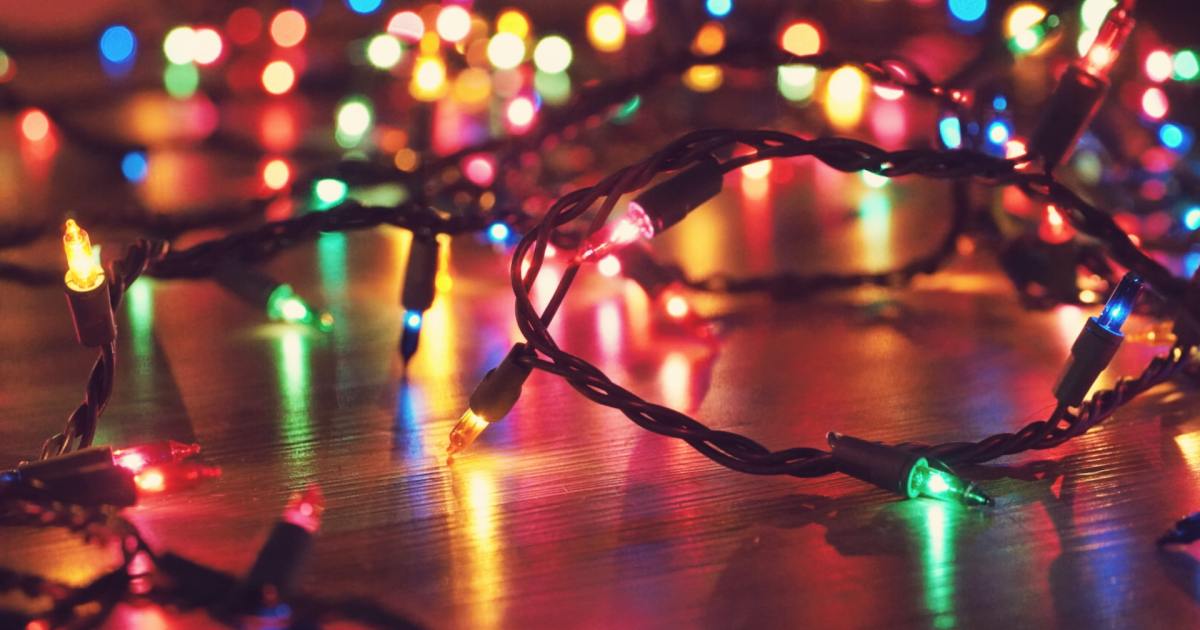One of those rituals we do in December is putting together a tree birthdayAnd of course, in addition to the decorations, the classic component is the famous Christmas lights that surround it.
The truth is, one of the most intriguing questions is why these lights are always so intertwined and that science has an explanation.
In 2007, a group of researchers published a study in the journal Proceedings of the National Academy of Sciences (PNAS). In the experiment, they placed different lengths of rope inside a box and mechanically shook it so that the ropes vibrated like a load of laundry in the dryer. They repeated the process more than 3,400 times and noticed that knots began to form within seconds of turning the box over. During the experiment, more than 120 types of nodes were formed.
“It didn’t take long for the nodes to form, maybe 10 seconds. That surprised us,” said a co-author of the study. Douglas SmithProfessor in the Department of Physics at the University of California, San Diego (UCSD). “We immediately started to see this complex knot starting to form. It all went very quickly.”
What happened next?: The effect of rope length on the probability of knot formation. Not surprisingly, as the length of the rope increases (the longest length used in the study was 15 feet, or 4.6 meters), so does the probability of a knot, reaching a guaranteed 100%. The material the rope was made of also had an effect, as the more flexible ropes experienced more tangles than the stiffer ones, according to the study.
But perhaps the biggest factor leading to knots was whether the ends of the ropes were loose, allowing them to move freely to form tangles.
“The ends are really what make the knot look,” he said. Dorian Reimer Lead author of the study and former UCSD student. Perhaps the sailors know best, that you have to control the ends [de una cuerda] They do to avoid contract. Otherwise, the ends could move above or below other sections of the rope, eventually causing a knot.”
And in the case of Christmas lights, having dozens of bulbs sticking out of the rope provides more opportunities for tangles.
Publisher recommendations





